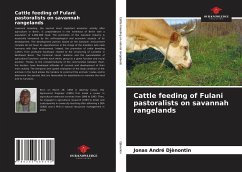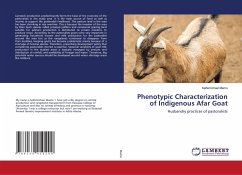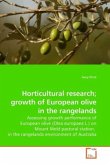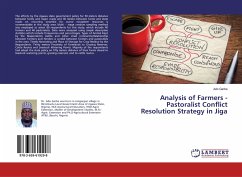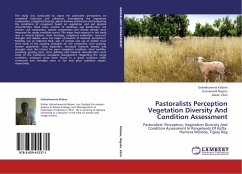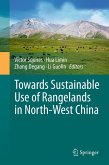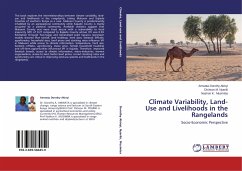Livestock breeding, the second most important economic activity after agriculture in Benin, is preponderant in the northeast of Benin with a population of 2,000,000 head. The promotion of this livestock industry is especially hampered by the anthropological and economic aspects of its development. The development policies based on the livestock- environment complex do not favor its apprehension in the image of the breeders who seek harmony with their environment. Indeed, the promotion of cattle breeding suffers from profound handicaps related to the structuring of societies in Northeast Benin. The historical social relations and the specialization of agricultural functions confine each ethnic group to a given function and social position. Thanks to the complementarity of the communities between them, the herders have developed attitudes of survival and development of their main activity. The temporal and spatial evaluation of the body condition of the animals in the herd allows the herders to construct the animals' routes and to determine the periods that are favourable for exploitation to maintain the herd and its functions.
Hinweis: Dieser Artikel kann nur an eine deutsche Lieferadresse ausgeliefert werden.
Hinweis: Dieser Artikel kann nur an eine deutsche Lieferadresse ausgeliefert werden.

